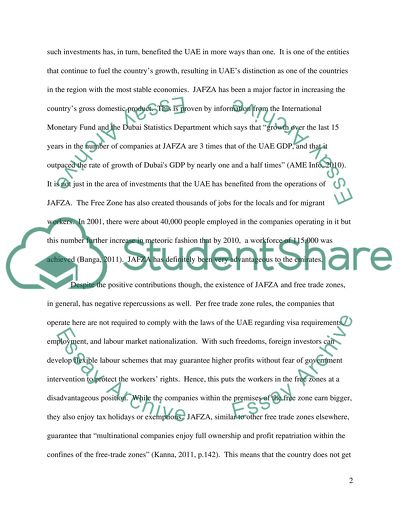Cite this document
(“Free Trade and Industrial Zones in the UAE Research Paper”, n.d.)
Free Trade and Industrial Zones in the UAE Research Paper. Retrieved from https://studentshare.org/marketing/1435479-free-trade-and-industrial-zones-in-the-uae
Free Trade and Industrial Zones in the UAE Research Paper. Retrieved from https://studentshare.org/marketing/1435479-free-trade-and-industrial-zones-in-the-uae
(Free Trade and Industrial Zones in the UAE Research Paper)
Free Trade and Industrial Zones in the UAE Research Paper. https://studentshare.org/marketing/1435479-free-trade-and-industrial-zones-in-the-uae.
Free Trade and Industrial Zones in the UAE Research Paper. https://studentshare.org/marketing/1435479-free-trade-and-industrial-zones-in-the-uae.
“Free Trade and Industrial Zones in the UAE Research Paper”, n.d. https://studentshare.org/marketing/1435479-free-trade-and-industrial-zones-in-the-uae.


